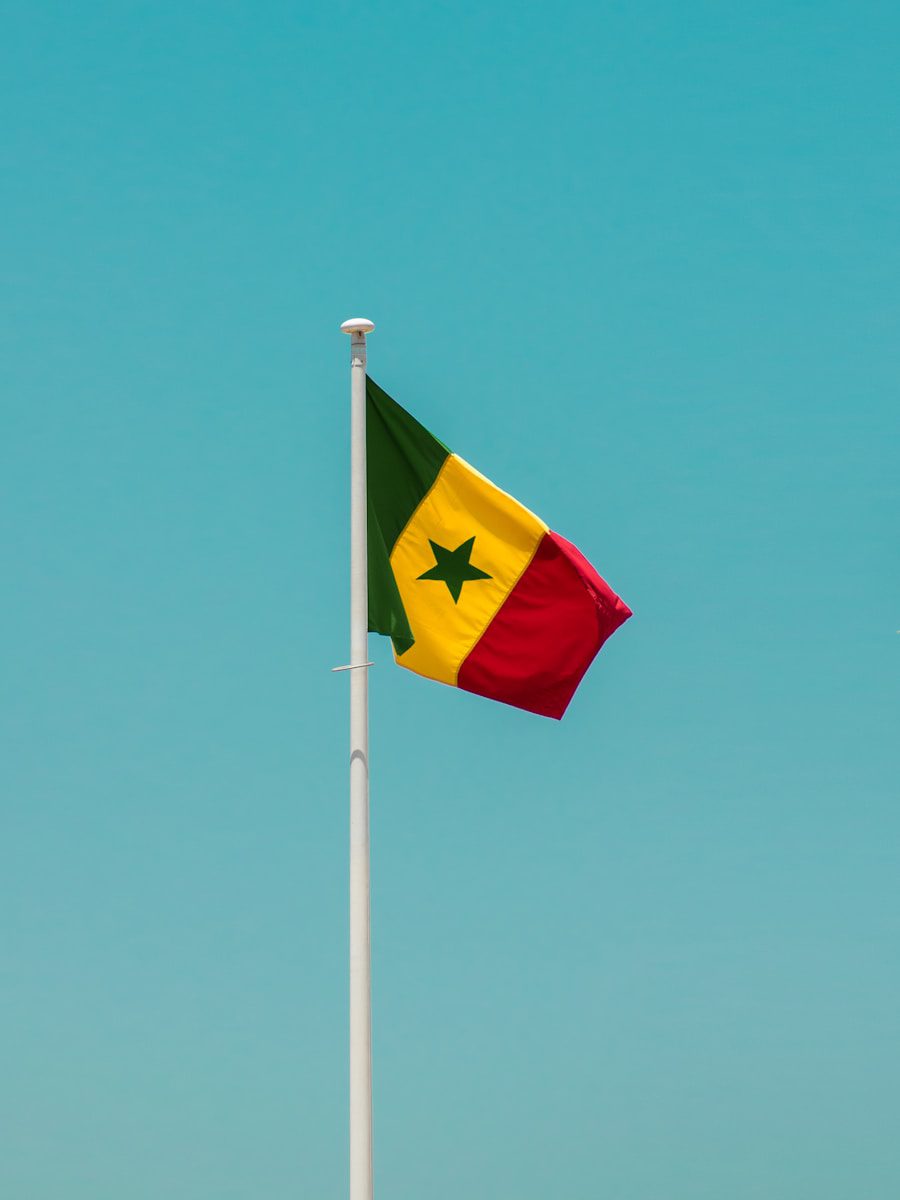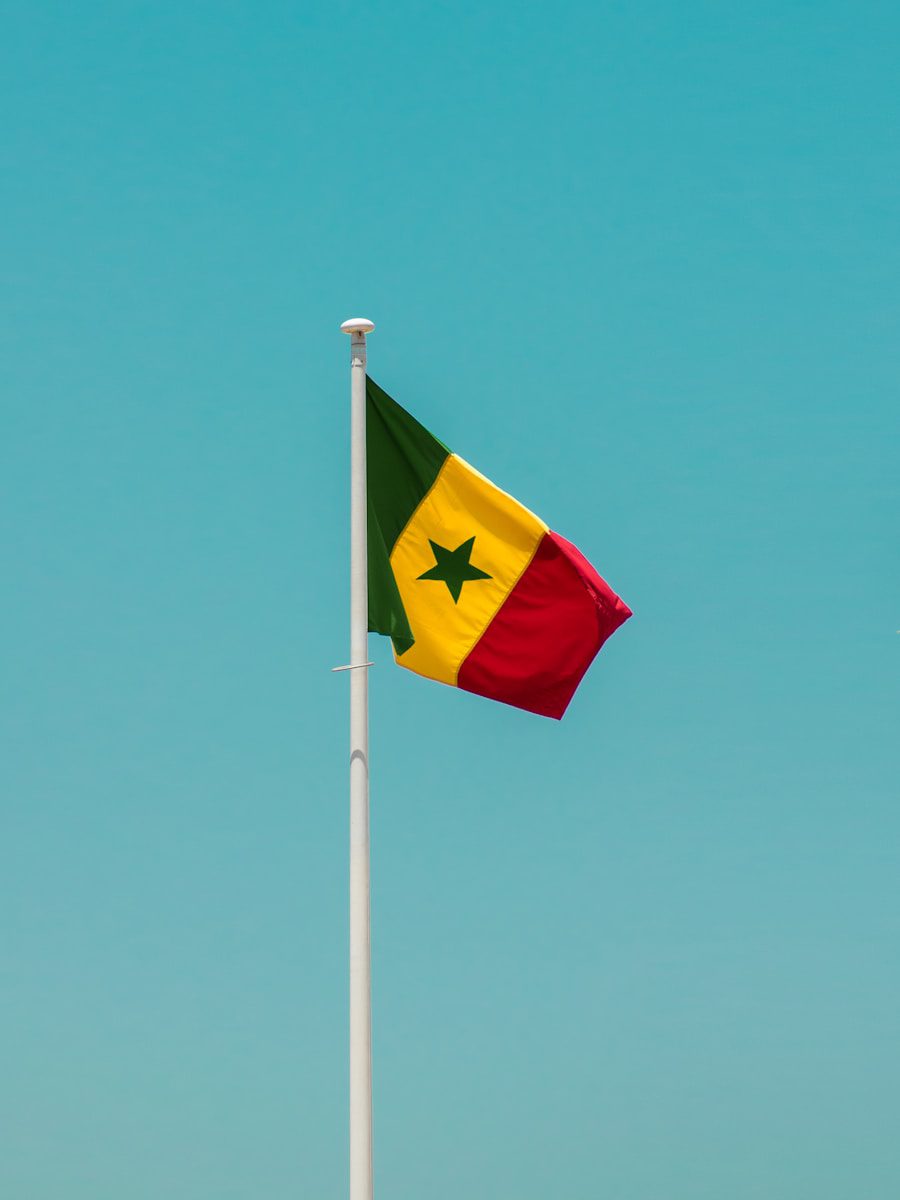
Senegal’s Regional Express Train Faces €38 Million Crisis

Drop files to upload
Senegal’s flagship infrastructure project, the Regional Express Train (TER), designed to modernize public transport in the capital and surrounding areas, is now facing a critical turning point. A financial dispute involving a €38 million unpaid bill is threatening the delivery and commissioning of new trains necessary for the second phase of the project, which extends the route to Blaise Diagne International Airport (AIBD).
The TER, launched officially in December 2021, is a modern rail service connecting the urban hub of Dakar to the new administrative city of Diamniadio. Phase one covers 36 kilometers and includes 13 stations, significantly reducing travel time between key economic zones. Operated by SETER, a subsidiary of France’s SNCF, the train service was welcomed as a major step toward easing congestion and supporting sustainable urban growth.
The system uses Alstom Coradia Régiolis trains, and the project was financed through a combination of state funds and international loans. The ultimate vision includes extending the line to reach the airport—an addition critical not only for passenger convenience but also for enhancing Dakar’s appeal as a regional transport hub.
Phase two, which began construction in 2022, is supposed to extend the rail line by 19 kilometers from Diamniadio to AIBD. This leg is seen as vital for the network’s full potential, serving both domestic and international travelers. The contract for rolling stock was awarded to CAF, a Spanish manufacturer, which has already delivered the first of seven new trainsets in late 2024.
However, progress has been hampered by a serious issue: a €38 million payment that remains unpaid. This has led to growing tension between the Senegalese government and European suppliers. Unless this payment is resolved, delivery of the remaining trainsets may be frozen, and the airport extension could face indefinite delays.
The issue has reached the highest levels of Senegalese leadership. Officials are working behind closed doors to resolve the impasse, but the lack of public updates has fueled speculation and concern. The dispute not only raises questions about project governance but also reflects deeper fiscal strains within the national budget.
Senegal’s economy, like many in the region, has been under pressure due to rising costs, debt repayments, and ambitious infrastructure spending. While the TER represents a long-term investment, its short-term financial demands are becoming increasingly difficult to meet, particularly given that the line is not yet revenue-generating at full capacity.
In its first three years of operation, the TER has consistently operated at a loss. The government reportedly subsidizes operating expenses with nearly CFA 18 billion per year. Ridership, while growing, has not yet reached the levels needed to cover running costs, in part due to the incomplete network. Without the airport connection, the system falls short of its intended function as a regional connector.
Critics argue that Senegal may have launched the project too ambitiously without securing enough long-term financial planning. Proponents, on the other hand, emphasize that major infrastructure requires years of subsidized support before turning profitable, and the focus should remain on completion rather than scaling back.
Amidst the financial challenges, the government is also pushing for greener solutions. The National Renewable Energy Agency (ANER) has partnered with SETER and SENTER to implement solar solutions that would power stations and potentially the rail system itself in the future. This move aligns with Senegal’s climate commitments and could also reduce electricity costs in the long run.
By installing photovoltaic panels along the rail corridor, authorities hope to turn the TER into a low-emissions system while reducing dependency on fossil fuels. The initiative is expected to offset thousands of tons of carbon annually and reduce energy expenditure significantly once fully operational.
The TER is a pillar of Senegal’s broader “Emerging Senegal” strategy, a long-term vision aimed at transforming the country’s economic and social infrastructure by 2035. The train was not merely meant to be a transport project—it symbolizes progress, modernization, and regional integration.
However, the delay in extending the line to the airport undermines the project’s credibility. If unresolved, the payment dispute may erode public trust in large-scale infrastructure projects, make future funding harder to secure, and weaken Senegal’s image as a stable investment environment.
Negotiations are underway between the government and CAF representatives to find a solution. Options being discussed include staggered payments, partial delivery, or the involvement of additional financiers. While no resolution has been publicly announced, the pressure is mounting to find a compromise that allows phase two to proceed.
At the same time, the operating contract with SETER, set to expire in 2026, is under review. Authorities are exploring ways to reduce costs and improve local capacity by increasing Senegalese involvement in rail operations. This would also help reduce reliance on foreign expertise and make the system more sustainable over the long term.
The Regional Express Train remains one of Senegal’s most promising public transport initiatives. But to fulfill its potential, financial and logistical hurdles must be overcome swiftly and decisively. The €38 million dispute, while serious, is not insurmountable—yet failure to resolve it could damage the project beyond repair.
With political will, strategic negotiation, and continued investment, the TER can still become a model for African urban mobility. But for now, the project stands at a crossroads, awaiting the next move that will determine its future—and perhaps the future of infrastructure development in the region.
For more information, see the Wikipedia page on Dakar’s TER, or read the Africa Intelligence article on the current funding dispute.
For more context on infrastructure and public transport in Senegal, explore our article on the launch and early